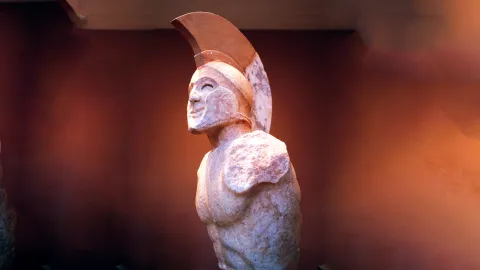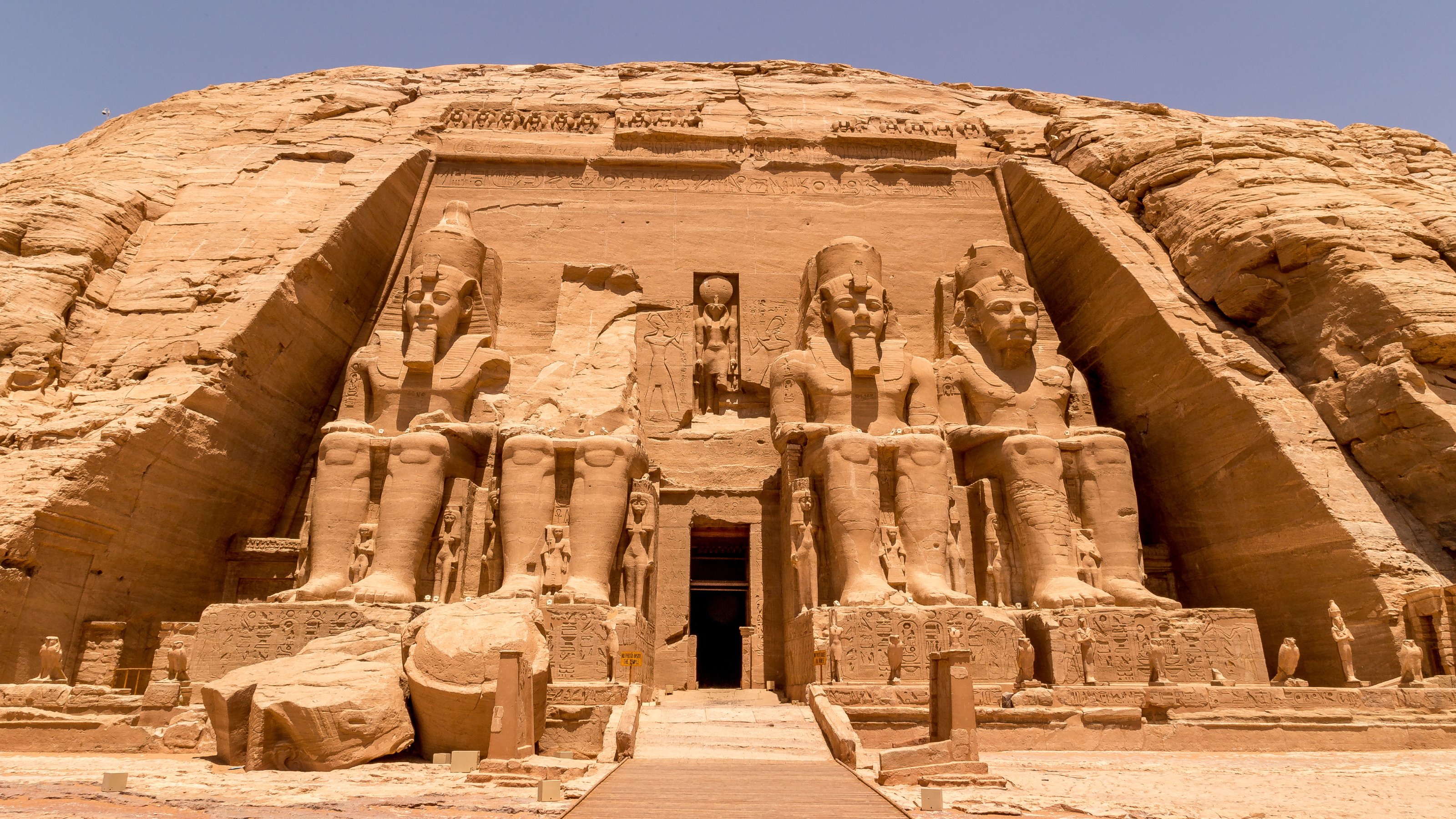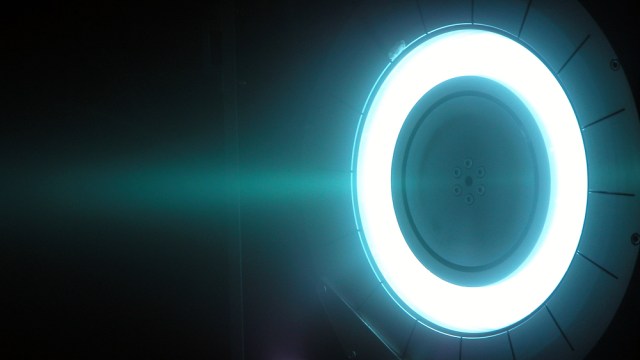3,500-Year-Old Grave in Greece is Filled with Bling and Mystery

A team of giddy archaeologists has uncovered a lavish and mysterious tomb in the ancient city of Pylos on the western coast of Greece’s Peloponnesian peninsula. The tomb dates to 1500 BC and thus presents a glimpse into the rise of European civilization. The researchers hope it can help shed light on the region’s clouded past beyond the scope of Homeric history.
At the crux of the discovery is the grave’s sole resident for the past 35 centuries, an ancient warrior buried alongside a cache of bronze weapons and an impressive array of riches: gold, silver, jewelry, cups, and carved seals.
Also found within the grave were several vanity items, a mirror and six combs, which led the excavators to surmise that the “griffin warrior,” as he has been dubbed, was “something of a dandy.”
Although the entrance to the warrior’s tomb sits at ground level, the site had apparently eluded the notice of researchers and grave robbers alike until an excavation team stumbled upon it this spring. Despite initial estimations that the grave was of medieval origins, everything changed when the diggers started hitting bronze.
A Window to the Past
The griffin warrior represents far more than your garden-variety 3500-year-old dead guy. As Nicholas Wade details in The New York Times, the objects in his grave represent a cultural crossroads that helped birth European civilization:
“If the earliest European civilization is that of Crete, the first on the European mainland is the Mycenaean culture to which the griffin warrior belongs …
The Minoan culture on Crete exerted a strong influence on the people of southern Greece. Copying and adapting Minoan technologies, they developed the palace cultures such as those of Pylos and Mycene. But as the Mycenaeans grew in strength and confidence, they were eventually able to invade the land of their tutors …
The griffin warrior, whose grave objects are culturally Minoan but whose place of burial is Mycenaean, lies at the center of this cultural transfer.”
The rivalry between the Minoans and Mycenaeans is prologue to the development of the ancient Greek cultures we know and love from sixth grade history textbooks. The griffin warrior offers an opportunity to learn more about these origins:
“Archaeologists are looking forward to studying a major unlooted tomb with modern techniques like DNA analysis, which may shed light on the warrior’s origin. DNA, if extractable from the warrior’s teeth, may tell where in Greece he was born. Suitable plant material, if found in the tomb, could yield a radiocarbon date for the burial.”
Today’s archeologists are blessed with a whole lot of fancy technology capable of gleaning massive amounts of information. The problem is that pristine sites like the griffin warrior’s grave are few and far between. Who knows what incredible things we could have learned about all sorts of historical sites had we been fortunate enough to discover them decades later than we did? This recent find and the mysterious figure buried within offer researchers the perfect opportunity to test the limits of archaeological detective work.
Read more at The New York Times
—
Robert Montenegro is a writer, playwright, and dramaturg who lives in Washington DC. His beats include the following: tech, history, sports, geography, culture, and whatever Elon Musk has said on Twitter over the past couple days. He is a graduate of Loyola Marymount University in Los Angeles. You can follow him on Twitter at @Monteneggroll and visit his po’dunk website at robertmontenegro.com.
Photo credit: PARIS PAPAIOANNOU/AFP/Getty Images





